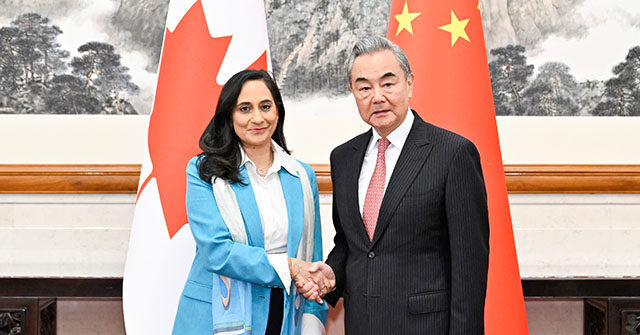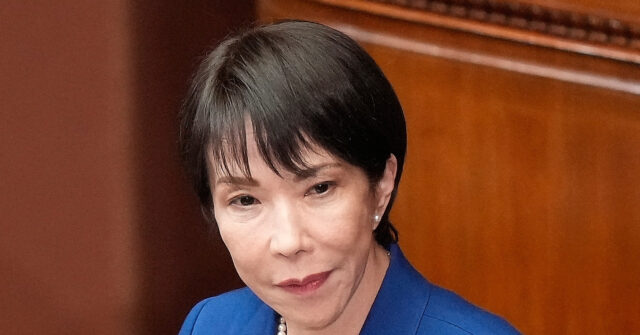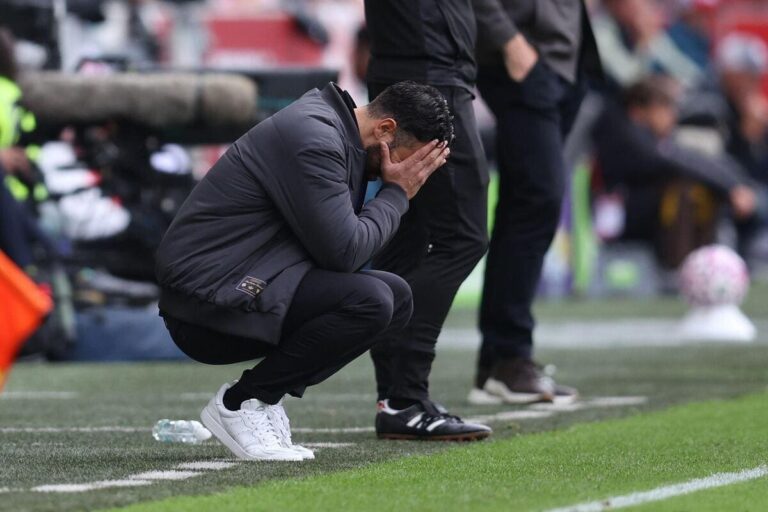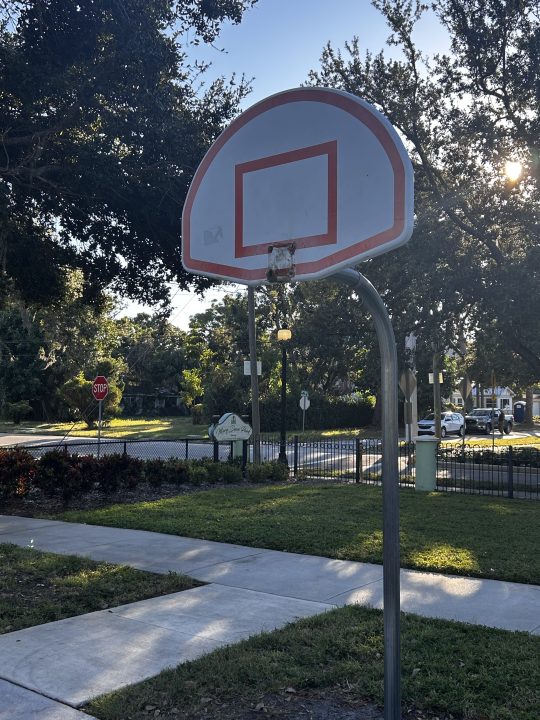 Thoughtful reintegration after holidays drives resilience, engagement and long-term performance. Unsplash+
Thoughtful reintegration after holidays drives resilience, engagement and long-term performance. Unsplash+Leaders and managers play a vital role in setting the right conditions for sustainable productivity, and never more so than after the long summer break. Smart managers recognize that time away from the office not only breaks the linearity of workplace routines but also resets and broadens perspective. However, the performance boost that flows from time off needs careful nurturing, or it can be quickly extinguished by the process of returning to work.
Too often, leaders assume that employees will pick up exactly where they left off, but this is not always the case. In reality, even the most highly motivated professionals can experience a lag in focus and energy when it is time to go back to work. Recognizing this, planning for it and setting realistic expectations in relation to workload and catch-up deadlines can help avoid the productivity and employee morale drop-off that can occur on re-entry. Routines and work habits that once ran on autopilot take time to rebuild. Similarly, projects continue to evolve in an employee’s absence, and so appropriate time should be built into schedules to allow for project updates, priority shifts and briefings on other changes that may have occurred.
Seeing the person behind the role, not just their output, helps leaders avoid the trap of assuming everyone is motivated the same way. Some team members may come back feeling refreshed and “raring to go,” while others may be feeling anxious about inbox overload or their ability to meet new challenges, particularly if they need to re-establish post-holiday routines alongside other responsibilities. Making time to reconnect team members with shared purpose and specific team goals can help “lift the gaze,” re-energize and speed up the return to full productivity. A warm and genuine welcome back message signals value, belonging and appreciation—core human needs and powerful reenergizers when met. It’s worth the effort to get this right.
The link between employee well-being and sustainable high performance is now firmly established. Far from being mutually exclusive, companies that leverage this relationship frame well-being as a performance driver. As a result, team and personal resilience, along with focus and engagement (also driven upward as resilience grows), become core enablers of productivity, creativity and job satisfaction. Proactive management of return to work after a break is a natural extension of this mindset.
When we employ someone, the whole person comes to work, not just the bit that does the job. Hybrid working, flexible hours and compressed weeks enable employees to bring their full selves to work. With fewer conflicts or low-grade anxiety about competing responsibilities, employees can contribute more fully both emotionally and mentally. Maximizing this type of flexibility also allows the business to benefit from differing energy rhythms within the team without sacrificing contribution and performance in the process.
A sense of personal agency is important for employees to feel settled and psychologically safe at work. It also impacts how unavoidable workplace pressures are experienced. Increasing employee autonomy in relation to how work gets done, as well as encouraging openness and insight sharing, are two vital strategies to establish an infinity loop between employee well-being and high performance.
Companies can demonstrate genuine interest in the unique insights and perspectives of an increasingly diverse workforce by creating dedicated opportunities to review what works well and what could be improved. Organizations that invest time in facilitating open dialogue about key pressures and resource deployment foster trust and psychological safety—necessary for well-being—and simultaneously gain invaluable insights for innovation, problem-solving and performance sustainability. Inviting employees to help design strategies for their return to work has clear benefits.
When re-entry is mishandled, holiday recovery benefits evaporate and burnout can follow quite quickly. Without work reallocation during absence, employees may face a backlog, multiple urgent tasks, overflowing inboxes and impossibly long to-do lists that create a sense of failure and overwhelm. If no time is allocated for catch-up briefings, wasted work is likely, as priorities may have shifted.
A more strategic approach works better. Structured one-on-one catch-ups with line managers help welcome employees back, provide updates, reconnect with short- and medium-term objectives and prioritize tasks accordingly. Catch-up buddies can accelerate understanding of developments and informal news. Allocating dedicated time—perhaps spread over a few days—to work through emails can help, as can interspersing critical but less enjoyable tasks with more energizing “reward” tasks. It’s also important for assistants and schedulers to block out time; returning employees should not be scheduled into back-to-back meetings for days on end.
Adopting re-engagement strategies—as opposed to just letting team members throw themselves back into work—makes sound business sense. Harvard Business Review reports that employees are more productive after a vacation, but, as above, these effects are quickly eroded by stress if re-entry is not proactively managed. EY’s “Work Reimagined Survey” found that employees with supportive reintegration practices were 2.5 times more likely to report high well-being, compared to those without. Similarly, Great Place to Work UK data shows that when employees feel they are formally welcomed back and are reconnected to the team’s purpose, trust scores rise significantly. The benefits of trust and openness for collaborative performance, well-being and organizational learning underscore the value of managing return to work strategically and intentionally. The evidence is clear: managing re-entry deliberately strengthens trust, collaboration and long-term performance.




















 English (US) ·
English (US) ·  French (CA) ·
French (CA) ·  French (FR) ·
French (FR) ·